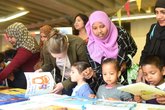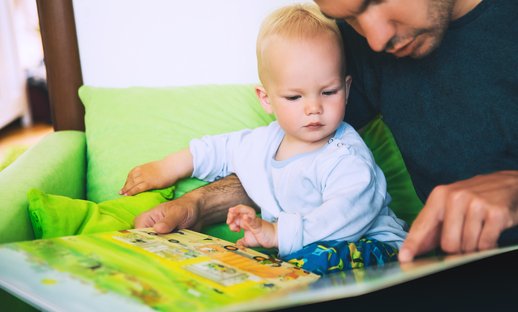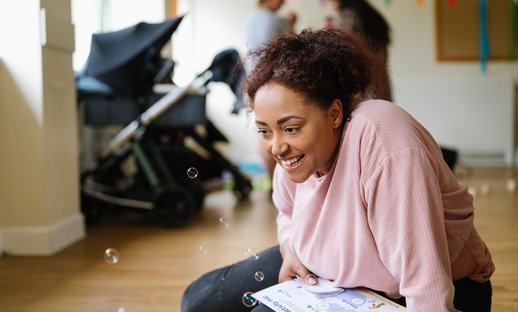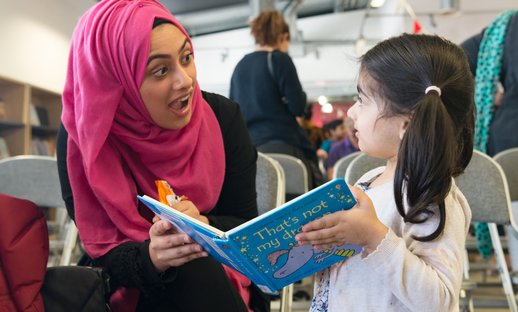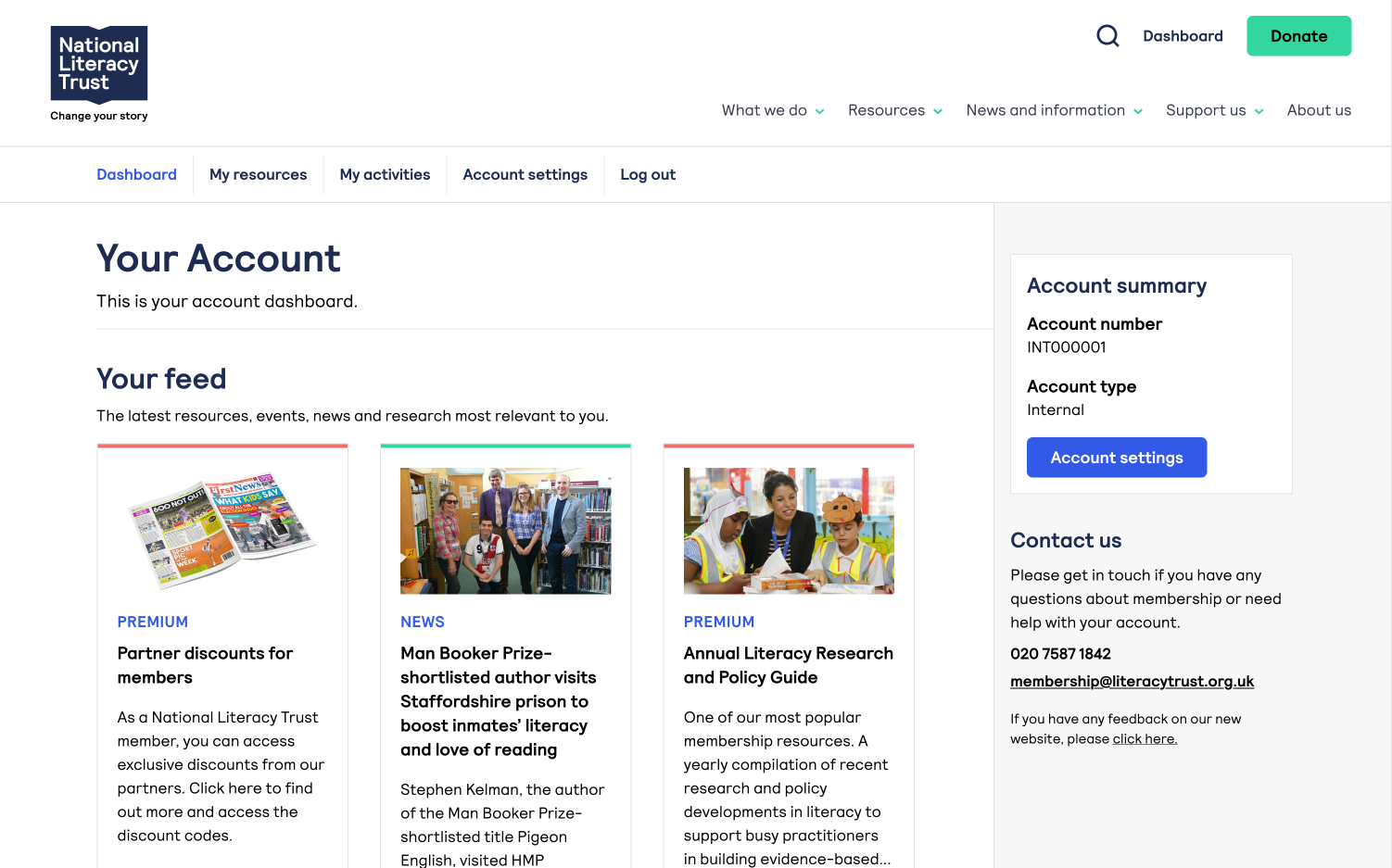Early Words Matter Conference 2026
At our flagship early years conference, Science to story: How research transforms early words into lifelong reading, we'll explore and celebrate the benefits of shared reading and storytelling on the developing brain. Join us on Friday 27 March 2026.
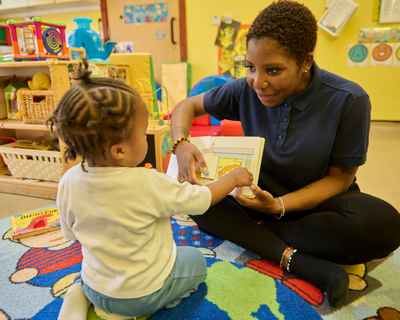
Early Words Matter
A child's earliest years are crucial to their development and life chances. Our new Early Words Matter campaign will ensure every child is empowered with the words they need to write their own story.

Early years programmes
We train early years staff and volunteers to work with families, building parents’ confidence so that they can support their children’s communication, language and literacy skills at home.
-
This programme supports babies and toddlers who may need early help with speech, language and communication before the age of two.Learn more
-
Early Words Together at Two is an adaptation of our Early Words Together programme, designed specifically for families of two-year-olds.Learn more
-
Early Words Together helps parents support their young child’s literacy and language development.Learn more
Early years resources
Our early years resources will help schools, settings and parents support children’s development from birth to five.
-
This booklet is filled with simple activities for families with children aged 0 to 3 that can be completed at home, which will help families have fun, and encourage children to...Learn more about Chat, play, read booklet.
-
The set of cards are designed to support parents and carers of 0 to 5-year-olds to talk and play more with their children while they are out and about.Learn more about Walk and Talk Trail.
-
This easy-to-read guide comes in 26 languages and is full of suggestions for how parents can support learning for their 3 to 5-year old children at home.Learn more about Support for multilingual families at home: Time together booklet.
-
Our toolkit contains tips, research and best practice examples to help involve families with young children in reading.Learn more about Parents as partners: How to get families reading together in the early years.
-
Play is crucial for developing children’s communication skills. Here are 10 reasons why it is so important.Learn more about 10 reasons why play is important.
-
Technology can play a useful role in supporting early communication, language and literacy.Learn more about Digital technology and the early years.
Early years research
-
Research
This report explores the findings of a survey conducted with 2,021 parents of children from birth to age five about the home learning environmentView details about Parents' support for young children's literacy at home in 2024 -
Research
This evaluation report explores the impact of participating in First Words Together in Cornwall, on families and practitioners.View details about First Words Together in Cornwall: 2023 Evaluation -
Research
This report shares findings from a survey of over 3000 parents exploring the impact of the cost-of-living crisis on literacy resources and support, and the importance of school...View details about Children and young people’s access to books and educational devices at home during the cost-of-living crisis



